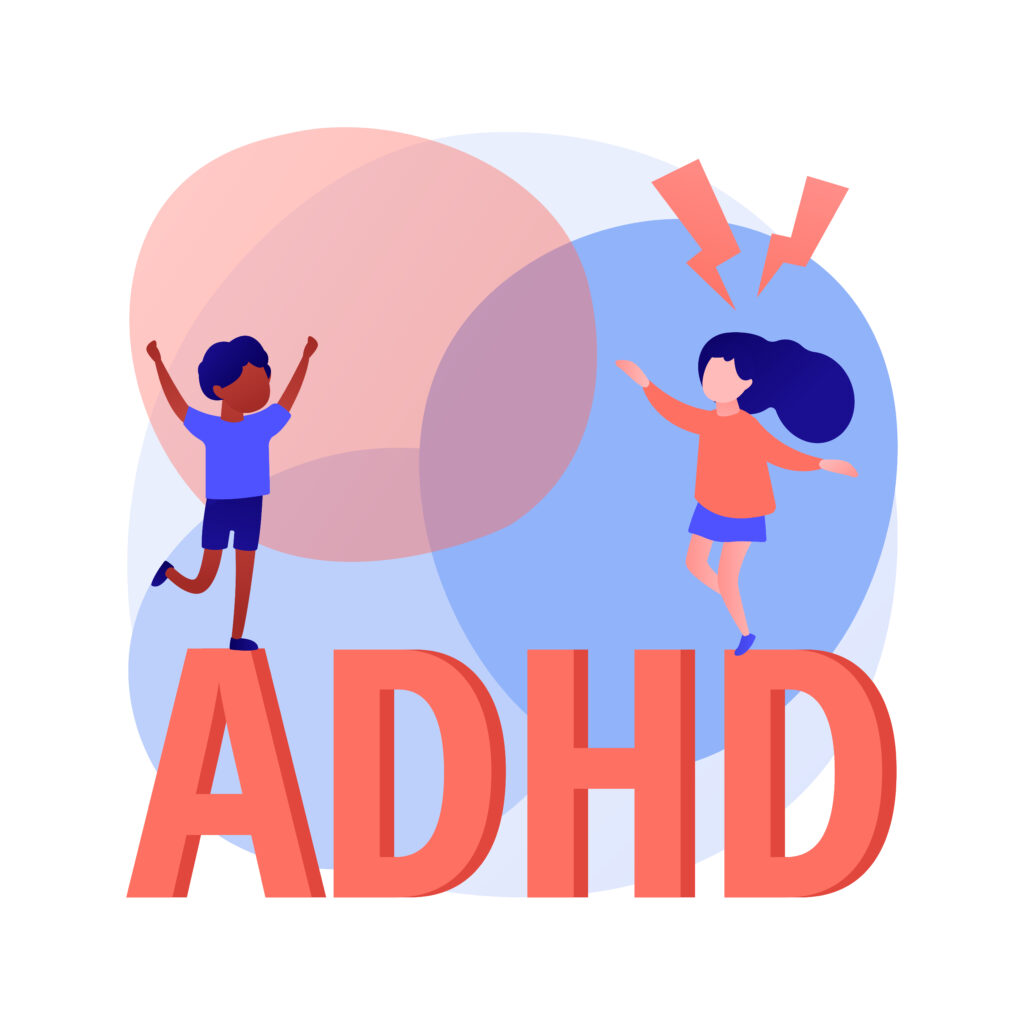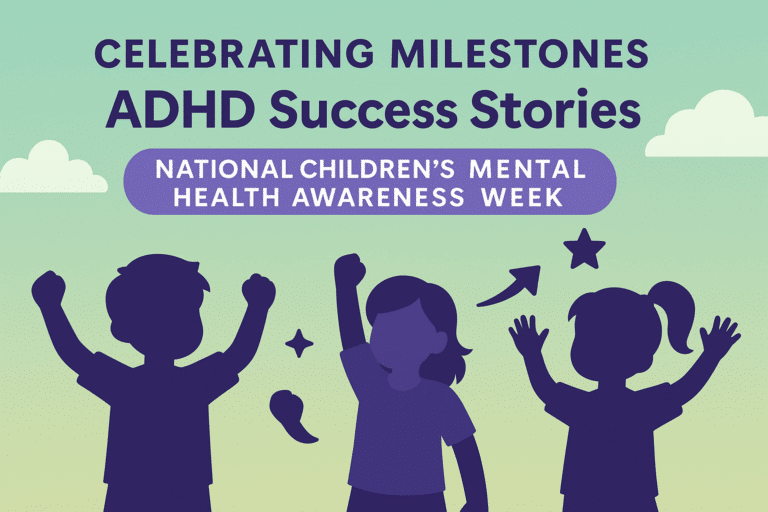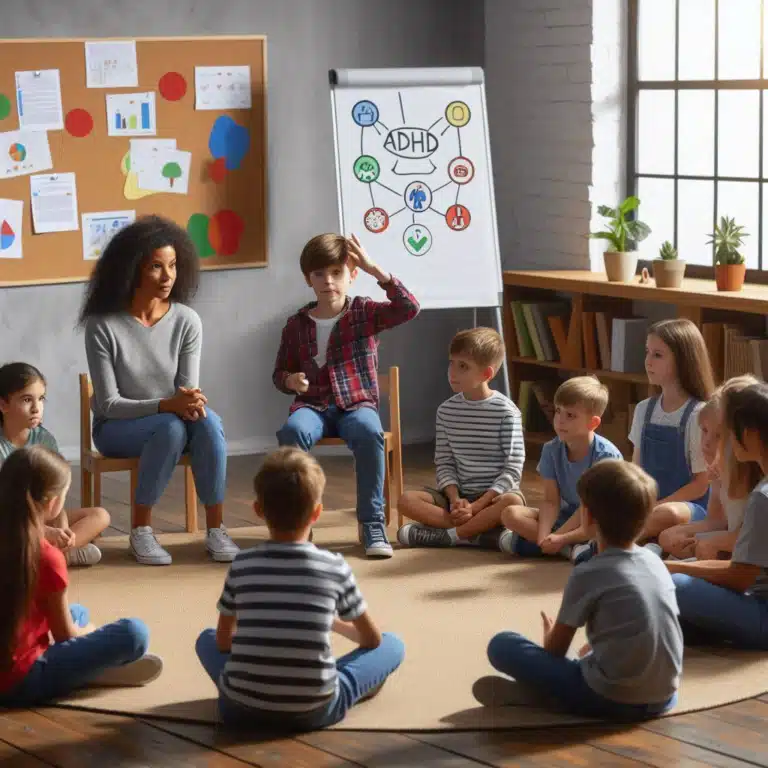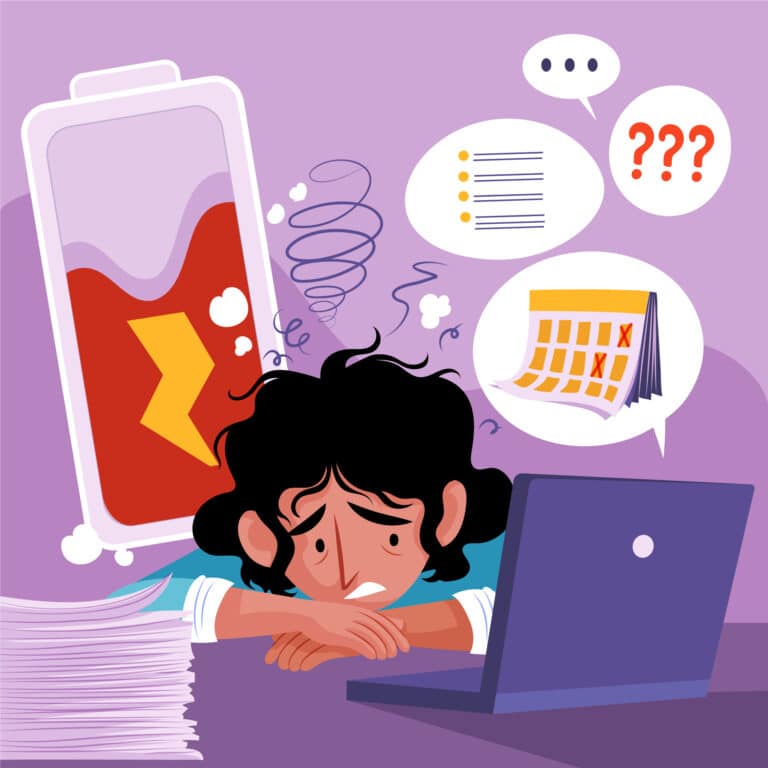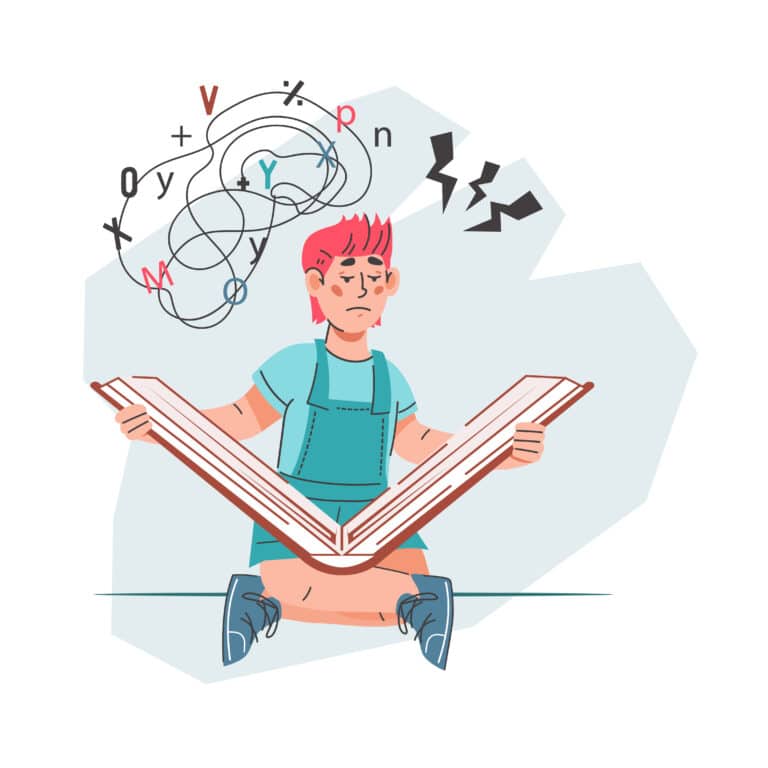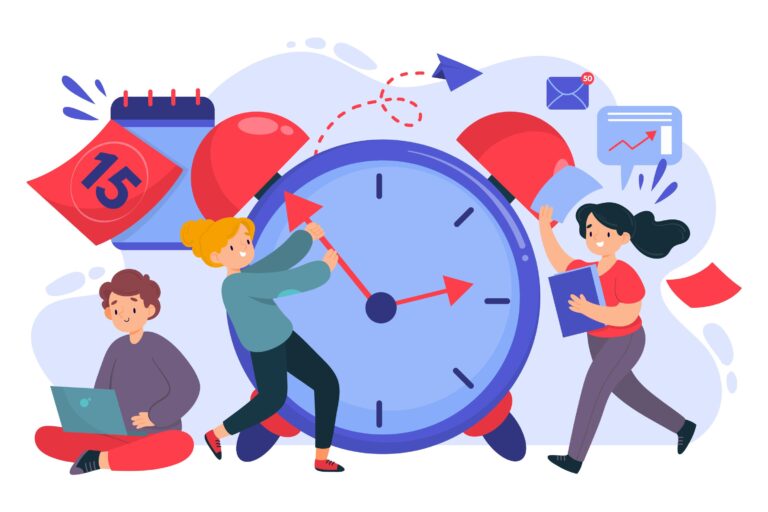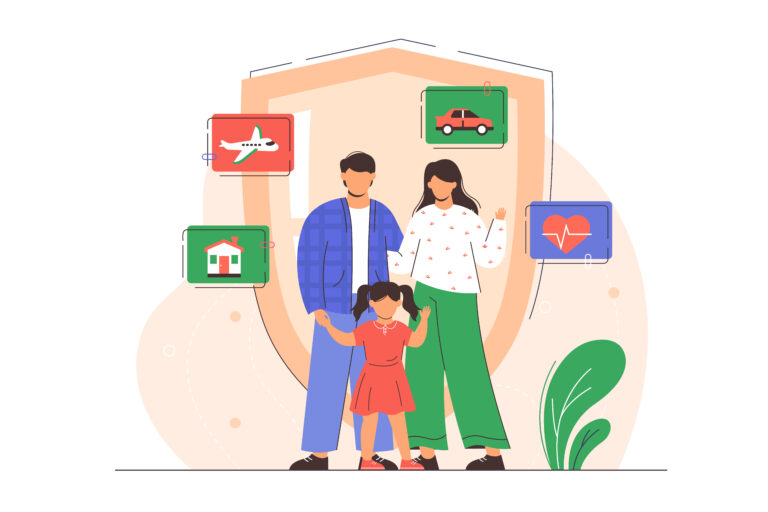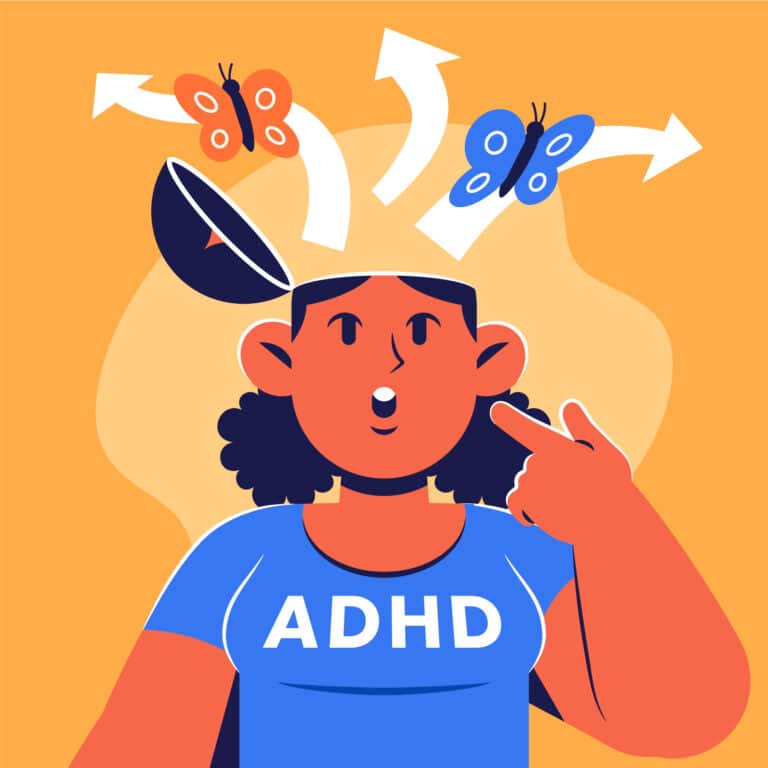The term Attention Deficit Disorder (ADD) was once used to describe attention-related difficulties without hyperactivity. However, it’s now considered outdated, with Attention Deficit Hyperactivity Disorder (ADHD) being the correct term, encompassing various presentations, including inattentive, hyperactive, and combined types. ADHD: Understanding Key Differences between these presentations is essential for recognizing symptoms and determining the right treatment. The key difference between inattentive and hyperactive ADHD lies in the presence or absence of hyperactivity.
Attention Deficit Disorder (ADD) vs. Attention Deficit Hyperactivity Disorder (ADHD)
Inattentive ADHD focuses on attention-related difficulties without hyperactivity, often referred to as the inattentive presentation of ADHD. ADHD with hyperactivity covers a broader range of symptoms, including hyperactivity and impulsivity. Hyperactive ADHD tends to manifest as noticeable restlessness, while inattentive ADHD can go unnoticed since individuals often display fewer external behaviors.
Inattentive ADHD: What You Need to Know
Inattentive ADHD, previously known as ADD, is characterized by:
- Difficulty following through on tasks or conversations
- Easily distracted by external stimuli or irrelevant thoughts
- Forgetting tasks or appointments, even after reminders
- A tendency to daydream or lose focus during activities that require sustained attention
Symptoms of Inattentive ADHD vs. Hyperactive ADHD
While inattentive ADHD involves issues with focus and organization, hyperactive ADHD includes additional symptoms like:
- Constant fidgeting or inability to sit still
- Impulsive behaviors, such as interrupting conversations or acting without thinking
- Difficulty staying quiet or following structured activities
- Tendency to make hasty decisions without considering the consequences
These specific examples can help identify symptoms more accurately in daily life.
How to Recognize ADHD Symptoms in Children and Adults
ADHD can present differently in children vs. adults. Children often show more hyperactivity, while adults may struggle with focus and impulsivity in less obvious ways. For example, adults may have difficulties with time management at work, maintaining attention during conversations, or prioritizing tasks efficiently. Recognizing ADHD symptoms in different age groups is crucial for effective diagnosis and treatment.
How ADHD Symptoms Vary Across Cultures and Socioeconomic Backgrounds
Cultural considerations are important in understanding how ADHD manifests across different backgrounds. ADHD symptoms can vary by culture and socioeconomic status. For example, children from low-income families may exhibit symptoms due to stressors related to their environment, which can complicate diagnosis. In some cultures, hyperactivity might be more tolerated, while inattentive behaviors may be emphasized. A culturally sensitive approach is crucial when diagnosing and treating ADHD.
ADHD Without Hyperactivity: Challenges in Diagnosis
People with inattentive ADHD often struggle with organizing tasks, maintaining focus, or remembering essential details, but may not display disruptive behaviors. This can make inattentive ADHD harder to identify in classrooms or at work, where hyperactivity often signals a problem early on. Understanding ADHD without hyperactivity is essential to ensure those affected receive proper care.
Hyperactive ADHD: More Noticeable Symptoms
In contrast, hyperactive ADHD includes more visible behaviors. Children with hyperactive ADHD may fidget constantly, talk excessively, or have difficulty following rules. These symptoms are usually recognized earlier by parents and teachers.
Understanding ADD and ADHD in Adults: Key Insights
ADHD manifests differently in children and adults. Children often show more hyperactivity, while adults may struggle with focus and impulsivity in less obvious ways. For example, adults may have difficulties with time management at work, maintaining attention during conversations, or prioritizing tasks efficiently. Understanding ADHD in adults can help improve personal and professional functioning.
Diagnosis of ADD and ADHD: A Comprehensive Guide
Diagnosing ADHD depends on whether impulsivity and hyperactivity are present. Inattentive ADHD focuses on attention problems, while hyperactive ADHD includes restless behavior and impulsivity. A thorough evaluation by a medical professional, often including behavioral assessments and reports from family or teachers, helps in diagnosing ADHD accurately.
Treatment Options for ADD and ADHD: Medication and Therapy
Treatments for ADHD typically involve a combination of medication and therapy. While stimulant medications like Adderall or non-stimulant options such as Strattera can help manage symptoms, medication is not the only line of defense. Psychodynamic and behavioral therapies have also shown efficacy in addressing the underlying emotional and behavioral challenges associated with ADHD (Pliszka, 2007). Research has demonstrated that stimulant medications, such as methylphenidate, can significantly reduce symptoms in 70-80% of children with ADHD (MTA Study, 1999), but a comprehensive treatment plan that includes therapy can provide a more well-rounded approach to managing ADHD across its various presentations.
Cognitive Behavioral Therapy (CBT) for ADHD
Cognitive-behavioral therapy (CBT) also plays a important role in managing both inattentive and hyperactive ADHD. CBT helps children and adults develop skills to manage time, stay organized, and regulate emotions. Studies show that CBT can significantly improve executive functioning and reduce stress for individuals with ADHD (Safren et al., 2005). CBT for ADHD can enhance daily functioning and long-term outcomes.
How Pathformers Helps Families Manage ADHD Symptoms
Pathformers is an invaluable resource for families navigating ADHD. Through an extensive video library, Pathformers helps parents understand attention deficit disorders and provides actionable strategies for managing symptoms. Whether you’re dealing with inattentive ADHD or hyperactive symptoms, Pathformers offers expert-driven advice grounded in real-life scenarios. Explore Pathformers’ resources today to take control of your child’s mental health journey.

